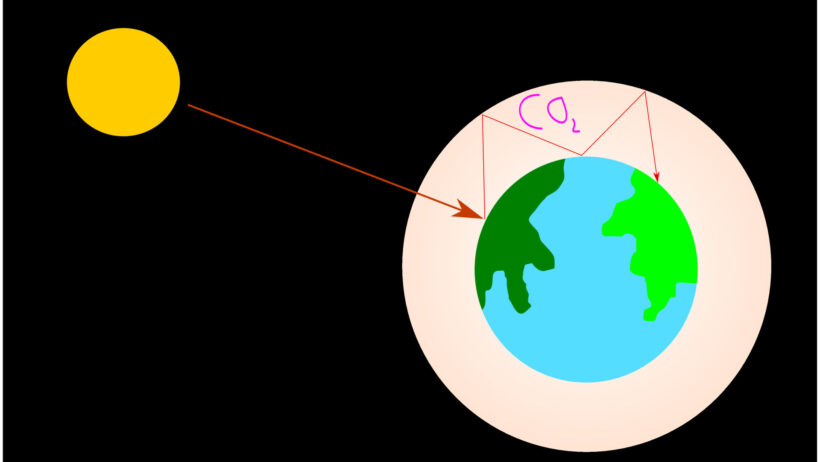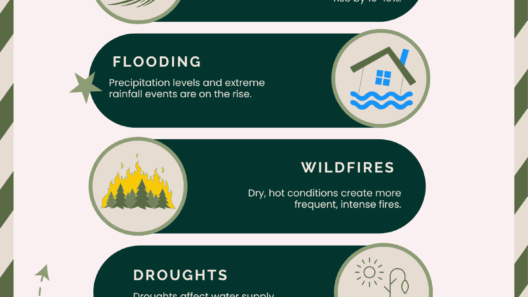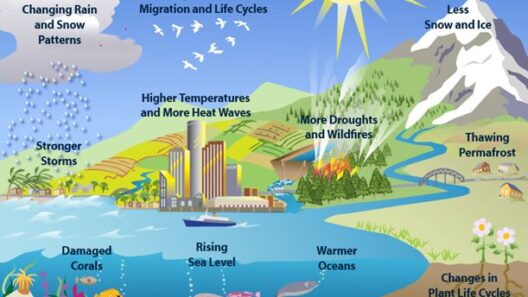As winter approaches, do you ever wonder how your cozy home, often considered a sanctuary, actually contributes to the overarching crisis of global warming? It’s a playful conundrum: your warm abode, a haven from the harsh weather, simultaneously plays a role in releasing greenhouse gases into the atmosphere. The world of home energy consumption and house heaters can be both perplexing and enlightening, revealing opportunities for small changes that deliver a significant impact.
Understanding the connection begins with recognizing how houses function as energy consumers. In the United States, residential buildings are responsible for nearly 20% of total greenhouse gas emissions. A predominant contributor to these emissions is the outdated and inefficient heating systems that many homes utilize. From electric sources to fossil fuels such as natural gas, the methods we employ to keep our homes warm contribute substantially to the global warming dilemma.
The combustion of fossil fuels, responsible for heating millions of homes, releases carbon dioxide—a principal greenhouse gas—into the atmosphere. Even homes equipped with electric heaters, often powered by fossil fuel plants, are implicated. As electricity consumption rises, so too does the demand for energy production. Therefore, it’s imperative to consider the broader implications of our heating choices.
Now, let’s delve deeper into the various types of house heaters and their respective contributions to greenhouse gas emissions. Conventional gas furnaces, while popular for their cost efficiency, emit considerable amounts of CO2, methane, and nitrous oxide. In contrast, electric heat pumps offer a more sustainable alternative, especially when paired with renewable energy sources. However, if the electricity they consume is generated from fossil fuels, their net impact remains a concern.
Alongside the heating system itself, HVAC (Heating, Ventilation, and Air Conditioning) systems can be another area of concern. Leaky ductwork, uneven insulation, and poorly sealed windows can cause these systems to work inefficiently, leading to excessive energy consumption and increased greenhouse gas emissions. Without proper maintenance or upgrades, we may unknowingly amplify our carbon footprints during the winter months.
So, what small changes can homeowners implement to curb this warming trend? The path forward is multifaceted, requiring both behavioral and systemic adjustments. Imagine a challenge: what if every household undertook a single action to reduce heating-related emissions? Such a collective commitment could send ripples throughout communities and even nationwide.
One immediate step is to invest in energy-efficient appliances or upgrade existing heaters to more efficient models. The implementation of Energy Star-rated systems not only reduces emissions but also fosters financial savings in energy bills. Additionally, homeowners can consider integrating smart thermostats. These innovative devices learn your habits and preferences, optimizing heating schedules and helping to minimize unnecessary energy usage.
For those unwilling or unable to invest in new technology, there are still many manageable changes that can be made. Sealing drafts with weather stripping, ensuring proper insulation, and even covering windows with thermal curtains can significantly enhance heat retention while reducing reliance on heaters. Moreover, maintaining a consistent temperature and dressing warmly indoors can further reduce energy consumption. These slight modifications may seem trivial, but their cumulative effects can lead to a remarkable decrease in emissions.
Another potential avenue is the adoption of alternative heating methods. Embracing renewable energy sources such as solar panels for heating water or implementing geothermal heating systems can drastically diminish a home’s carbon footprint. Shifting to sustainable energy sources not only combats climate change but positions homeowners at the forefront of an evolving energy landscape—a landscape where responsibility meets innovation.
Furthermore, the significance of plant life cannot be overlooked. Incorporating indoor plants can enhance air quality, while strategically placed trees and shrubs surrounding a home can provide natural insulation and shade. Such greenery not only contributes to an aesthetic landscape but also plays a vital role in sequestering carbon from the atmosphere— a natural counterbalance to anthropogenic emissions.
Lastly, community initiatives and awareness campaigns can foment a culture of sustainability within neighborhoods. Organizing workshops that educate homeowners about energy efficiency and climate consciousness can galvanize collective action. Think of your home as a node in a network—when one household embraces energy-saving actions, others may follow suit, amplifying the impact and fostering a more environmentally responsible community.
In conclusion, the interplay between homes, house heaters, and global warming is intricate yet navigable. By taking small, mindful steps, individuals not only mitigate their personal impact but also contribute to a wider movement against climate change. Embracing energy efficiency, alternative heating solutions, and community engagement can significantly limit greenhouse gas emissions. Does your warm haven have to come at a cost to the planet? With awareness and intention, it doesn’t have to. Let’s rise to the challenge, one household at a time.








